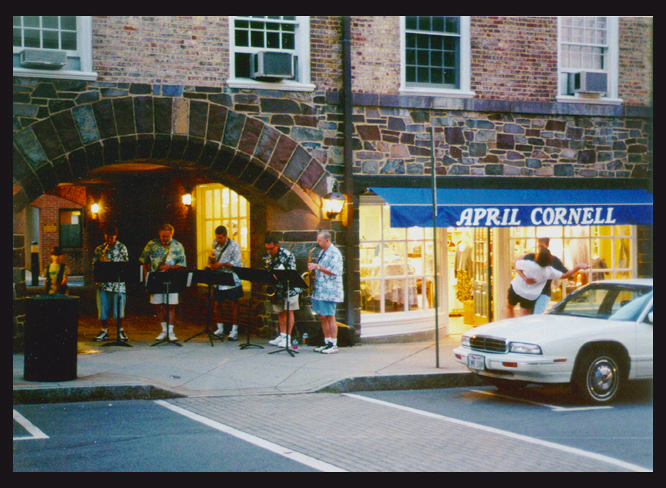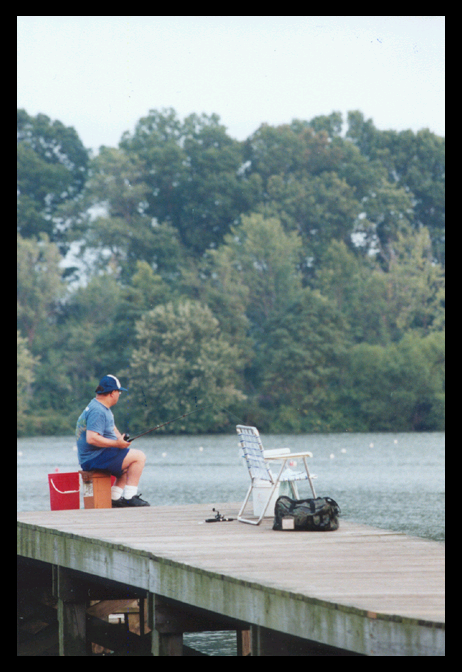FrontPage › AttachmentMacro
simple usage ¶
[[Attachment(hello01.jpg)]] or attachment:hello2.jpg

[PNG image (348.09 KB)]

[PNG image (219.51 KB)]
Extension ¶
[[Attachment(filename.png,width=###,height=###,align=xxx,caption="caption")]]
Options:
### = pixel,
align option = left | right | center --> ''left'' is default.
caption = "any letters except ','"
e.g. 1. ¶
[[Attachment(hello01.png,width=202,align=right,caption="Example: hello01.jpg width=202 and align=right")]] [[Attachment(hello02.png,width=139,align=right,caption="Example: hello02.jpg width=400 and align=right")]] Some texts 2. . . . (This will be wrapped with the above image) . . . . (space) Some texts 3. . . . (This will be wrapped if the above line has a space) . . . .

Example: hello01.jpg width=202 and align=right [PNG image (348.09 KB)]
During the past several decades there have been important technological breakthroughs. The personal computer, a science fiction dream for generations, is now available as a household appliance in a way that the typewriter or tv were just a few years ago. Also, a public conferencing network called Usenet transported via physical networks like the Internet, UUCP, and others, encourages public discussion and the free exchange of ideas on a world wide scale.

Usenet is a world wide public conferencing network that makes it possible for computer users around the world to have public discussions, raise questions or problems so they can get help, or send e-mail to each other often instanteously. One user explains that it is like a newspaper where "everyone's letter to the editor is printed."(1) Usenet has also been described as a series of electronic magazines. "These magazines," called `newsgroups,' are devoted to particular topics, ranging from questions about UNIX, programming languages, and computer systems to discussions of politics, philosophy, science, and recreational activities."(2) Usenet has been compared to an electronic town meeting of the world or to a series of electronic soap boxes. Others have observed that "It's now as if everyone owns a printing press" or even better "a publishing house."
An important element, according to Gregory G. Woodbury, who has written an account of the early days of Usenet, is that the Usenet software was created under the conditions of the academic Unix license which then provided that the program be put into the public domain. And since everyone involved at the time was working in an academic environment (including Bell Labs which Woodbury notes was "academic really") where information was shared, the emphasis was on communication, not on copyright or other proprietary rights. "Everyone wanted to be on the Net," he notes, "and it was clear they were cooperating in doing so."(3)

Example: hello02.jpg width=139 and align=right [PNG image (219.51 KB)]
Usenet is a world wide public conferencing network that makes it possible for computer users around the world to have public discussions, raise questions or problems so they can get help, or send e-mail to each other often instanteously. One user explains that it is like a newspaper where "everyone's letter to the editor is printed."(1) Usenet has also been described as a series of electronic magazines. "These magazines," called `newsgroups,' are devoted to particular topics, ranging from questions about UNIX, programming languages, and computer systems to discussions of politics, philosophy, science, and recreational activities."(2) Usenet has been compared to an electronic town meeting of the world or to a series of electronic soap boxes. Others have observed that "It's now as if everyone owns a printing press" or even better "a publishing house."
e.g., 2 ¶
[[Attachment(hello01.png,width=202,align=left,caption="Example: hello01.jpg width=202 and align=right")]] text paragraph one ... this will be wrapped with the above attached graphic file. [[Attachment(hello02.png,width=139,align=left,caption="Example: hello02.jpg width=139 and align=right")]] text paragraph two ... this will be wrapped, too. (space) text paragraph three .... this will be wrapped, too if the above empty line has a space.

Example: hello01.jpg width=202 and align=right [PNG image (348.09 KB)]
During the past several decades there have been important technological breakthroughs. The personal computer, a science fiction dream for generations, is now available as a household appliance in a way that the typewriter or tv were just a few years ago. Also, a public conferencing network called Usenet transported via physical networks like the Internet, UUCP, and others, encourages public discussion and the free exchange of ideas on a world wide scale.

Example: hello02.jpg width=139 and align=right [PNG image (219.51 KB)]
Usenet is a world wide public conferencing network that makes it possible for computer users around the world to have public discussions, raise questions or problems so they can get help, or send e-mail to each other often instanteously. One user explains that it is like a newspaper where "everyone's letter to the editor is printed."(1) Usenet has also been described as a series of electronic magazines. "These magazines," called `newsgroups,' are devoted to particular topics, ranging from questions about UNIX, programming languages, and computer systems to discussions of politics, philosophy, science, and recreational activities."(2) Usenet has been compared to an electronic town meeting of the world or to a series of electronic soap boxes. Others have observed that "It's now as if everyone owns a printing press" or even better "a publishing house."
e.g., 3 ¶
[[Attachment(hello01.png,width=202,align=center,caption="Example: hello01.jpg width=202 and align=center")]] text paragraph one. . . . This will not be wrapped around the above image. [[Attachment(hello02.png,width=139,align=center,caption="Example: hello02.jpg width=139 and align=center")]] text paragraph two. . . . This will not be wrapped around the above image.

Example: hello01.jpg width=202 and align=center [PNG image (348.09 KB)]
During the past several decades there have been important technological breakthroughs. The personal computer, a science fiction dream for generations, is now available as a household appliance in a way that the typewriter or tv were just a few years ago. Also, a public conferencing network called Usenet transported via physical networks like the Internet, UUCP, and others, encourages public discussion and the free exchange of ideas on a world wide scale.

Example: hello02.jpg width=139 and align=center [PNG image (219.51 KB)]
Usenet is a world wide public conferencing network that makes it possible for computer users around the world to have public discussions, raise questions or problems so they can get help, or send e-mail to each other often instanteously. One user explains that it is like a newspaper where "everyone's letter to the editor is printed."(1) Usenet has also been described as a series of electronic magazines. "These magazines," called `newsgroups,' are devoted to particular topics, ranging from questions about UNIX, programming languages, and computer systems to discussions of politics, philosophy, science, and recreational activities."(2) Usenet has been compared to an electronic town meeting of the world or to a series of electronic soap boxes. Others have observed that "It's now as if everyone owns a printing press" or even better "a publishing house."
e.g., 4 ¶
Attachment with options, align=left and align=right -> They stack

During the past several decades there have been important technological breakthroughs. The personal computer, a science fiction dream for generations, is now available as a household appliance in a way that the typewriter or tv were just a few years ago. Also, a public conferencing network called Usenet transported via physical networks like the Internet, UUCP, and others, encourages public discussion and the free exchange of ideas on a world wide scale.

Usenet is a world wide public conferencing network that makes it possible for computer users around the world to have public discussions, raise questions or problems so they can get help, or send e-mail to each other often instanteously. One user explains that it is like a newspaper where "everyone's letter to the editor is printed."(1) Usenet has also been described as a series of electronic magazines. "These magazines," called `newsgroups,' are devoted to particular topics, ranging from questions about UNIX, programming languages, and computer systems to discussions of politics, philosophy, science, and recreational activities."(2) Usenet has been compared to an electronic town meeting of the world or to a series of electronic soap boxes. Others have observed that "It's now as if everyone owns a printing press" or even better "a publishing house."
Computer users with access to Usenet can read articles on a broad range of topics. They can contribute their responses or post articles of their own on any subject in an appropriate newsgroup. Their submissions are then copied electronically to computers around the world which are also part of the Usenet network. Usenet demonstrates what happens when people are encouraged and allowed to develop computer technology.
An important element, according to Gregory G. Woodbury, who has written an account of the early days of Usenet, is that the Usenet software was created under the conditions of the academic Unix license which then provided that the program be put into the public domain. And since everyone involved at the time was working in an academic environment (including Bell Labs which Woodbury notes was "academic really") where information was shared, the emphasis was on communication, not on copyright or other proprietary rights. "Everyone wanted to be on the Net," he notes, "and it was clear they were cooperating in doing so."(3)
[[Attachment(hello01.png,width=202,align=left,caption="Example: hello01.jpg width=202 and align=right")]] [[Attachment(hello02.png,width=139,align=right,caption="Example: hello02.jpg width=400 and align=right")]]

Example: hello01.jpg width=50 and align=right [PNG image (348.09 KB)]
During the past several decades there have been important technological breakthroughs. The personal computer, a science fiction dream for generations, is now available as a household appliance in a way that the typewriter or tv were just a few years ago. Also, a public conferencing network called Usenet transported via physical networks like the Internet, UUCP, and others, encourages public discussion and the free exchange of ideas on a world wide scale.

Example: hello02.jpg width=400 and align=right [PNG image (219.51 KB)]
Usenet is a world wide public conferencing network that makes it possible for computer users around the world to have public discussions, raise questions or problems so they can get help, or send e-mail to each other often instanteously. One user explains that it is like a newspaper where "everyone's letter to the editor is printed."(1) Usenet has also been described as a series of electronic magazines. "These magazines," called `newsgroups,' are devoted to particular topics, ranging from questions about UNIX, programming languages, and computer systems to discussions of politics, philosophy, science, and recreational activities."(2) Usenet has been compared to an electronic town meeting of the world or to a series of electronic soap boxes. Others have observed that "It's now as if everyone owns a printing press" or even better "a publishing house."
See also UploadFile










